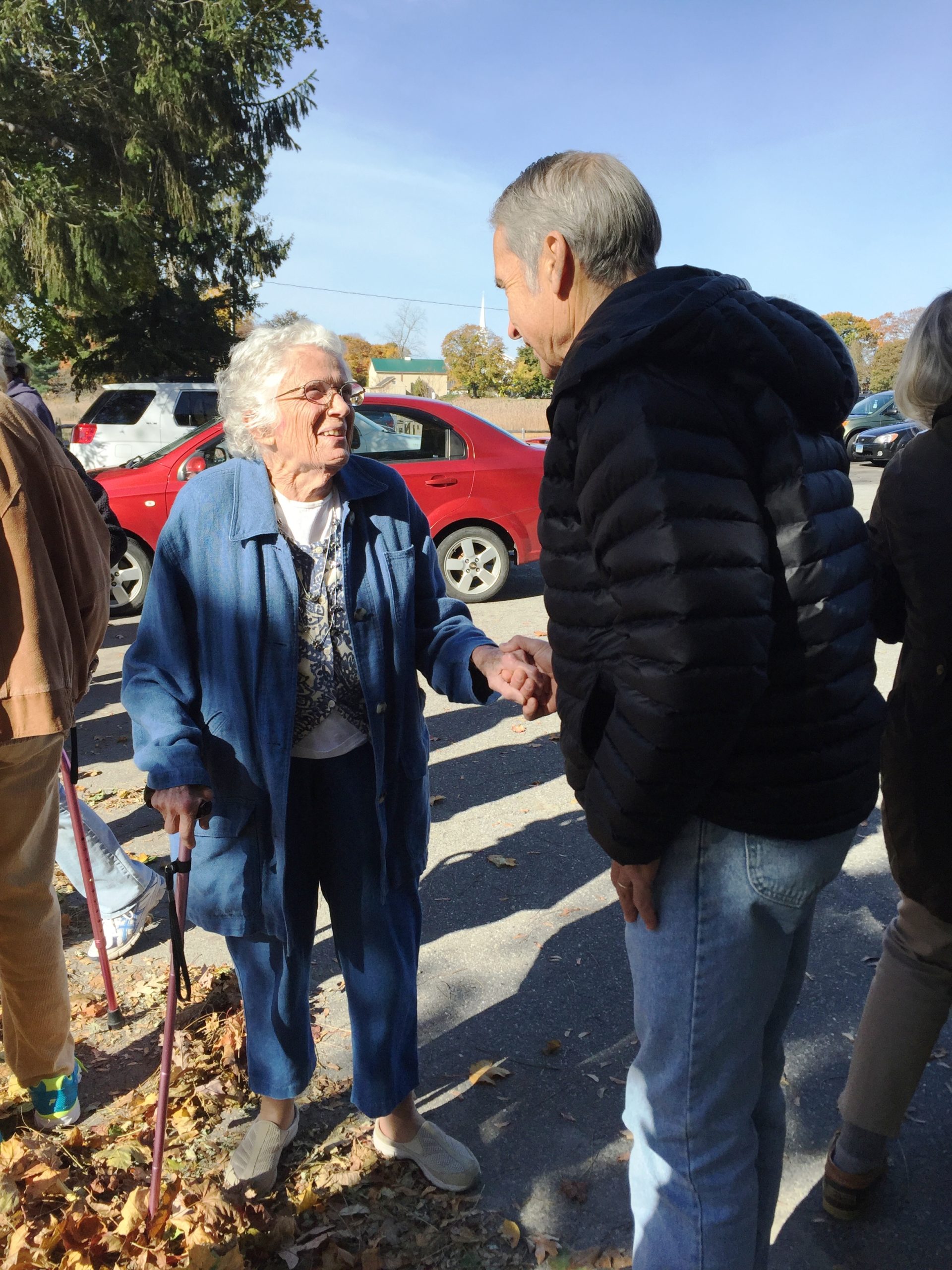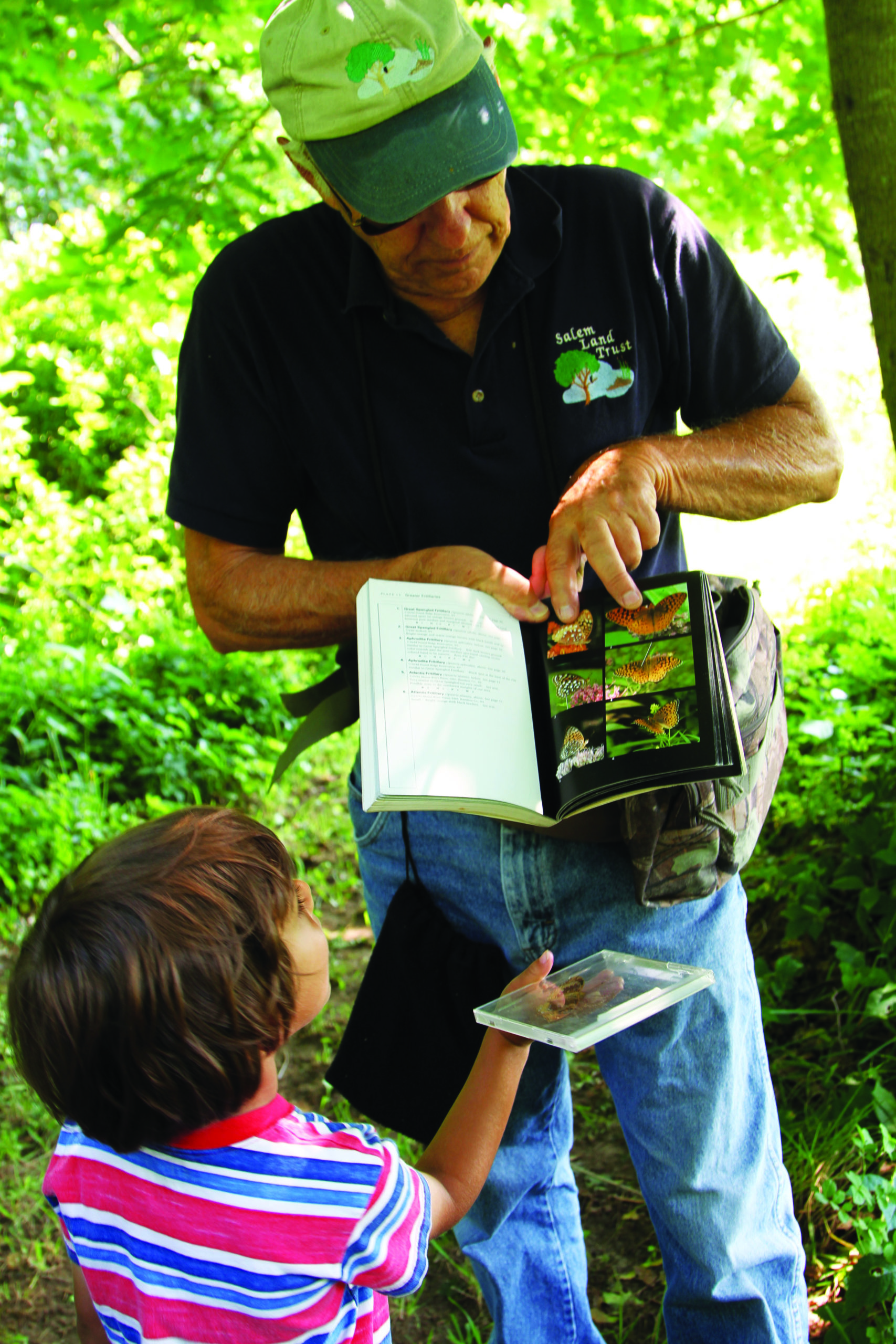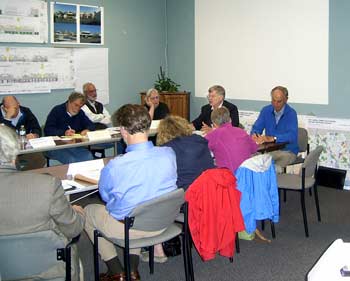Lower Connecticut River and Coastal Region Land Trust Exchange (LTE)
LTE Created Resources for Our Land Trusts and Communities:
Strategic Conservation Plan: The Lower CT River and Coastal Region Land Trust Exchange Natural Resource Based Strategic Conservation Plan
A GIS Overlay Analysis
Case Statement for Conservation: Inheritance, A Remarkable Conservation Legacy, The Lower Connecticut River and Coastal Region
The Elements of Fund Development for Conservation Land Trusts – A Working Primer
Lower Connecticut River and Coastal Region Land Trust Exchange Funding Guide/Matrix
Members of the LTE include:
Chester Land Trust
Clinton Land Conservation Trust
Connecticut River Gateway Commission
Deep River Land Trust
East Haddam Land Trust
Essex Land Trust
Haddam Land Trust
Lyme Land Conservation Trust
Lynde Point Land Trust
Middlesex Land Trust
Old Lyme Land Trust
Old Saybrook Land Trust
Salem Land Trust
Westbrook Land Conservation Trust

The Land Trust Exchange Mission
September 21, 2009
Lower CT River Valley Council of Government’s (RiverCOG) mission as it concerns the Land Trust Collaboration Initiative is to:
-
Create a stronger connection between the local, regional conservation community, and the Regional, State, and Federal land use planning process;
-
Further our ability to provide an educational and planning opportunity for environmental and landscape protection for members of our region’s land trusts and conservation commissions to promote landscape linkages, tool creation, data acquisition, and sharing to enable effective collaboration and cooperation, in a regional manner, towards the creation of trails and greenways, and protection of existing habitat, water quality, and scenic and cultural landscape corridors; and
-
Identify possible collaboration mechanisms and business structures that will not take away from an individual land trust’s unique and important relationship and place in its own community, but enable them to practice best management and business principles. This could allow each to operate to its greatest potential concerning long term planning goals, future land acquisition, and the sustainable stewardship of their already existing protected open space. Business structures and collaboration mechanisms could include shared staff to help with record keeping, membership mailings, newsletter production, record keeping, fund raising, and grant writing as well as office space to provide a place for meetings, and where members could share computer hardware and software.


For information on the LTE, contact Margot Burns at (860) 581-8554 or email her at [email protected].
